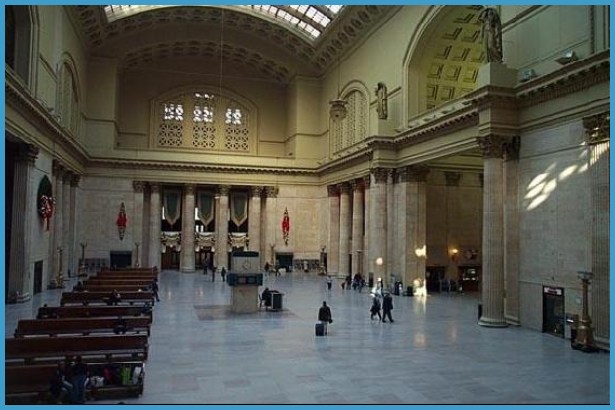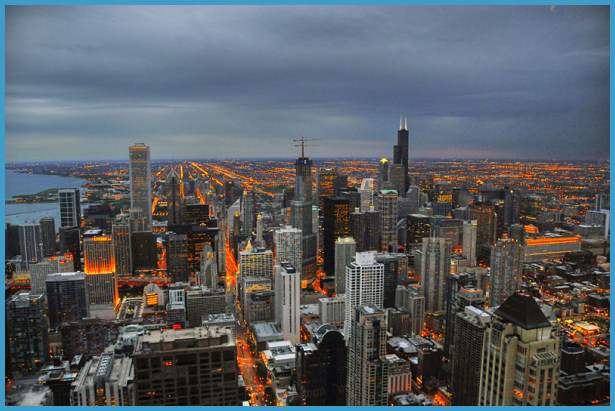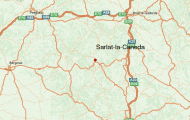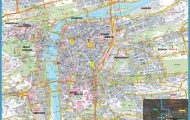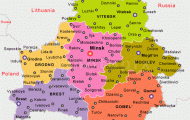Mexicans and Mexican Americans
The census of 1850 reported that the state of Illinois had 50 Mexican residents. In 1900, the census showed that there were 156 people of Mexican descent in Illinois. This number increased to 672 in 1910, and then it increased drastically to 4,592 in 1920. By 1920, Illinois ranked eighth in the country in terms of the size of its Mexican population.32
The migration into Illinois occurred in three distinct phases. The first phase occurred in 1906-1910, and it was associated with the recruitment of Mexicans by the railroad companies already employing Mexicans in the Southwest. The second phase occurred in 1916-1919, and it was based on employer demands during World War I and labor shortage (as a result of immigration restrictions from Europe); several railroad companies brought hundreds of Mexicans to the Near West Side of Chicago in 1916. The third phase came about during the postwar industrial depression era: stockyard districts began to appear in Chicago, and employers looking to break the packinghouse workers strike of 1921-1922, sought out Mexicans.33 Prior to the 1900s, a small number of Mexicans and other Latinos had come to Chicago looking for work wherever they could find it. Many did migrant work, whereas others went into the art and entertainment fields.34 Mexican migrant workers were employed by the railroads in Chicago at least as early as 1907.35 A small number of those initial laborers settled in the area, but soon they would be joined by a larger wave of Latino migrants.
In 1914 the U.S. Army comprised 98,000 men, and President Woodrow Wilson increased the number of the Army troops to 140,000, likely in anticipation of the mounting tensions overseas. The United States entered the war in 1917, and all males between the ages of 21 and 30 were required to register for military service. By 1918 almost 24 million men had registered, and 4 million of those registrants were drafted into service.36
An unprecedented opportunity arose for migrants as they were hired to replace workers serving as soldiers in World War I. Mexicans were the first group to arrive in the Midwest, more specifically in Chicago. The earliest new migrants were single young men who rapidly settled near their places of employment in close-knit groups. Industries that recruited the young men included the South Chicago steel mills, the meatpacking companies close to the Back of the Yards and the Near West Side, and the budding railroad system close to the Hull House area.37
Between 1912 and 1928, the ethnic composition of the workforce in various industries in Chicago changed drastically. Mexicans had gone from 0 percent of the steel industry’s workforce in 1912 to 9.4 percent of workers in 1928. The packinghouses experienced the same growth.38 Out of this labor shift came the colo-nias (communities), which were already commonplace in California, Texas, New Mexico, and Arizona.39 One of the first Mexican-based colonias in Illinois was in South Chicago. Thereafter, many Mexicans and other Latinos began to form communities in proximity to their employment.







